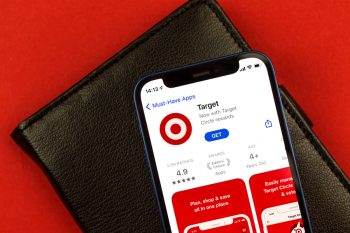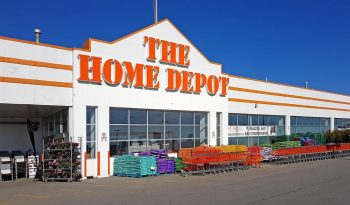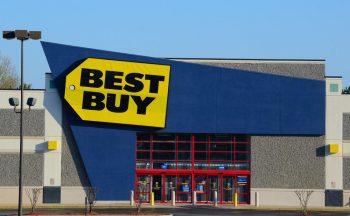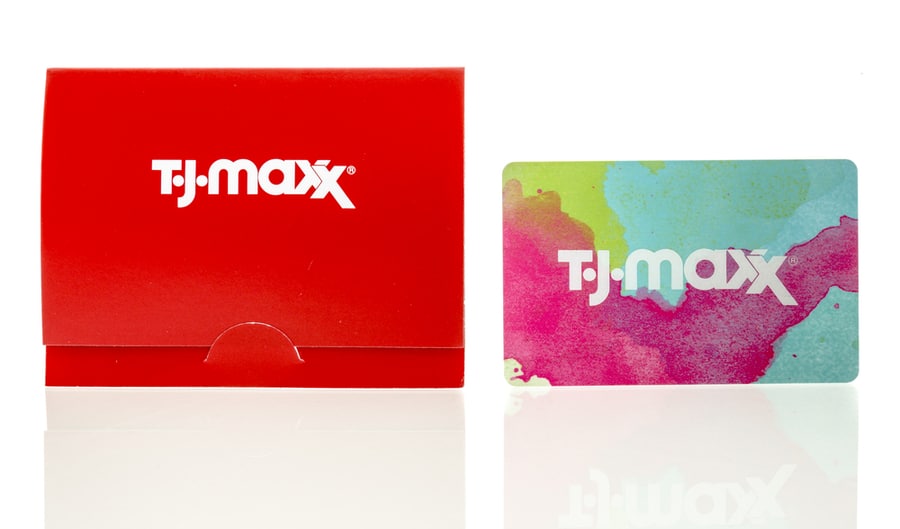
If you are a regular customer of TJ Maxx, you should learn how their clever tagging system works, as you can do more shopping and save money through it.
TJ Maxx price tags highlight the biggest bargains, so a person should learn to read them.
In the price tag, the number in the square box represents the month the store got the product, and the last two digits in the clearance sticker show when its price went down.
The different colors of tags tell whether the price will go down or is already at its lowest point.
Tj Maxx is a famous retailer which offers affordable designer goods to their customers. But, the biggest bargains are present in their tags. This guide will tell you how to read their price tags so you will never miss any deals.
Reading the Price Tags of TJ Maxx

If you want to read the price tag of TJ Maxx, you should focus on the square in the upper right corner and the last two digits on the clearance sticker.
The square digit represents the month the item reached the store. The number is based on the 24-month cycle (2 years).
The last two digits of the clearance sticker will show what week of the cycle the merchandise’s price went down.
For example, if an item has 17 on its square and the clearance sticker says 11/17, it means the product was received in May 2017 and was reduced to discounted price in November 2017.
As TJ Maxx reduces prices whenever they want, it’s essential to pay attention to clearance stickers.
It will tell you whether the merchandise is at a discounted price or its original price.
Sometimes, there will be two clearance stickers on a product with different discounts. It would help if you did some math to understand the best deal in this situation.
Different Colors of Price Tags
If you are a regular buyer of TJ Maxx, you may have noticed that there are different colors of tags with various items.
These colors also tell us about the history of a product’s prices and help us know whether buying this item will be a better bargain.
1. White Tag
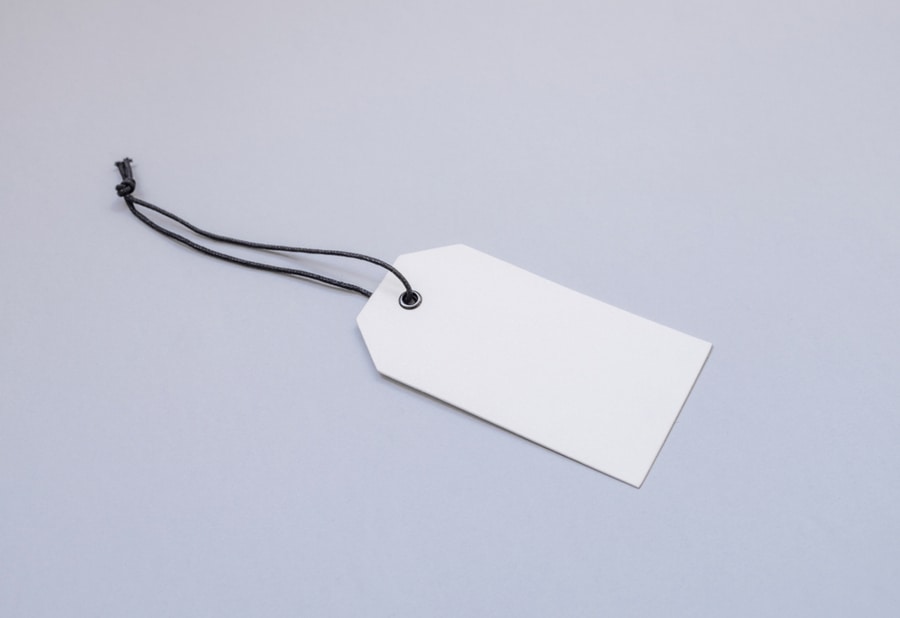
The white tag represents the regular TJ Maxx price.
2. Red Tag

The red tags represent the standard clearance price. It means that the price has decreased only once, and the product is likely to go down further.
If the item has two to three red tags, the product is at its lowest price.
3. Yellow Tag
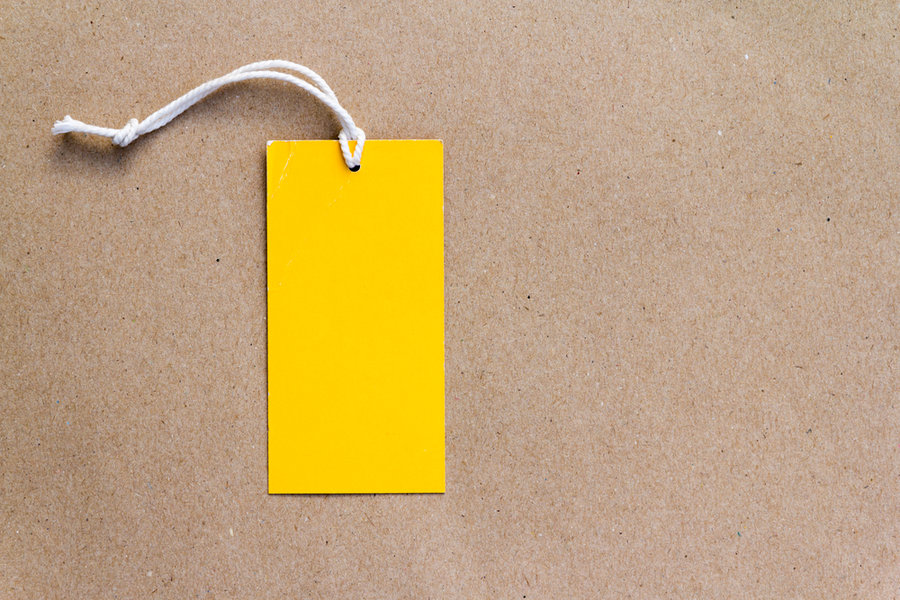
Yellow Tags are seasonal and represent final clearance. TJ Maxx uses these tags to eliminate merchandise to make space for new stock as soon as possible.
These tags tell us that the price will not go down further, so it is best to grab the product immediately.
These seasonal tags are typically present around January and July. But, if you find them at any other time of year, you should snatch the product immediately.
4. Blue Tag
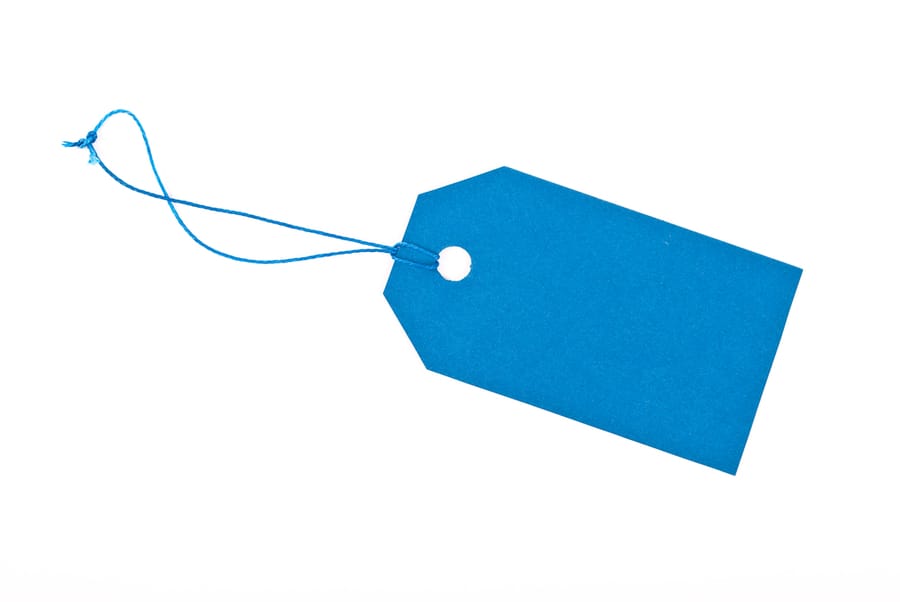
Blue-tagged products have coordinating pieces. So, if you want a whole set, you can check different items with blue tags.
5. Purple Tag
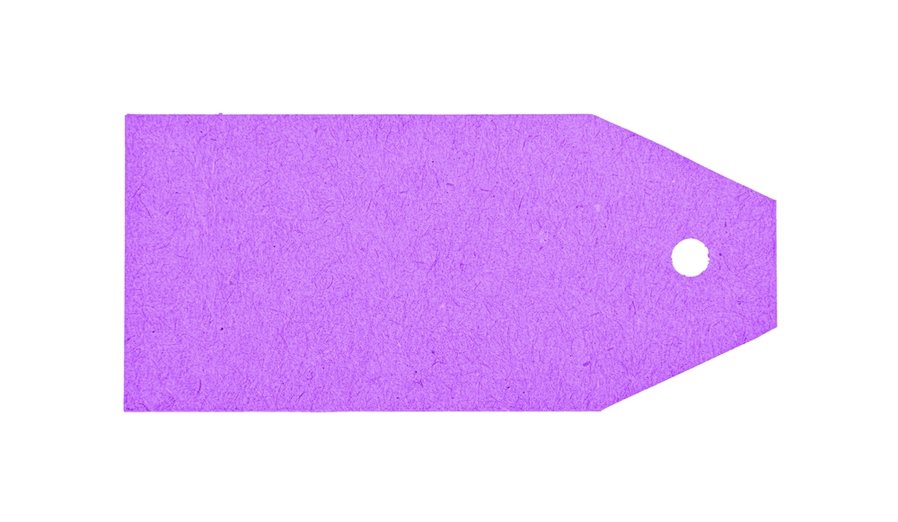
Purple-tagged items are high-end designer products that have been marked down. These are also known as Runway Collection items.
These products’ prices may not beat a yellow or red tag, but they are still more cost-effective than buying at other major department stores.
Some of these products also have red tags, which make their prices way down, so you should buy them without hesitation.
Conclusion
TJ Maxx price tags can tell you the history of a product’s prices and if they will become more affordable in the future.
We hope this article has helped you understand the tagging system of TJ Maxx, and you can now save more money while buying from this retail store.
Frequently Asked Questions
What Day Does TJ Maxx Markdown?
You can find the best deals on TJ Maxx on Wednesday morning as they mark everything down this day.
Though it can vary from store to store, high chances are that you can find a robust selection on Wednesday morning.
Can I Return Something to TJ Maxx After a Year?
No, you can only return the product in-store within 30 days of purchase.
Why Is Everything at TJ Maxx Cheap?
TJ Maxx buys unwanted surplus merchandise at a steep discount and sells it right away.
Their buyers are those designers who overproduce a product or other stores who overbuy. So, this store buys from them at the wholesale rate.



